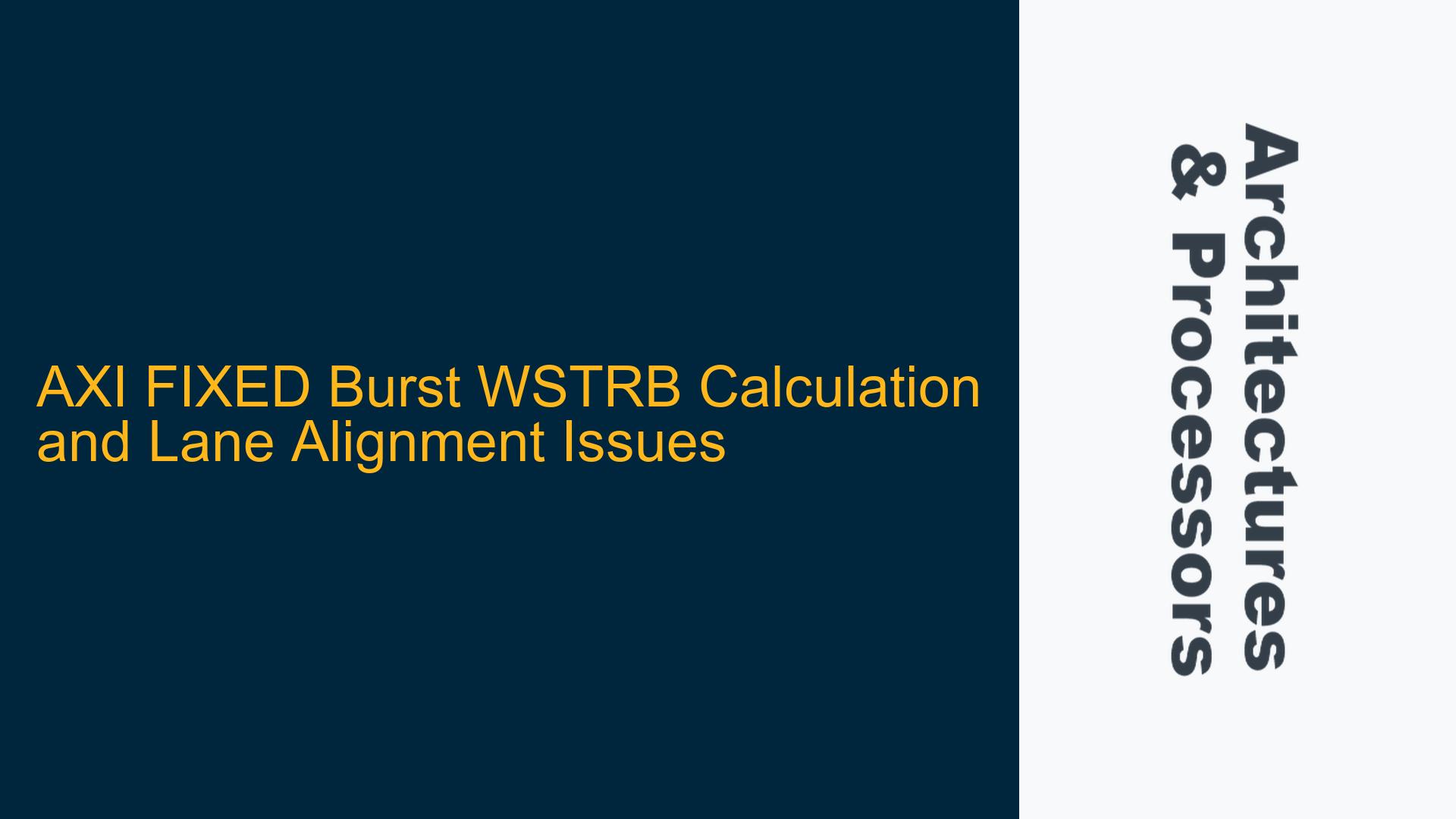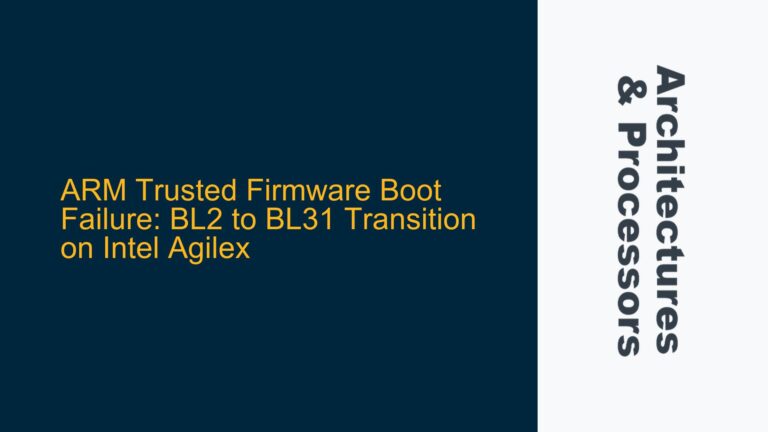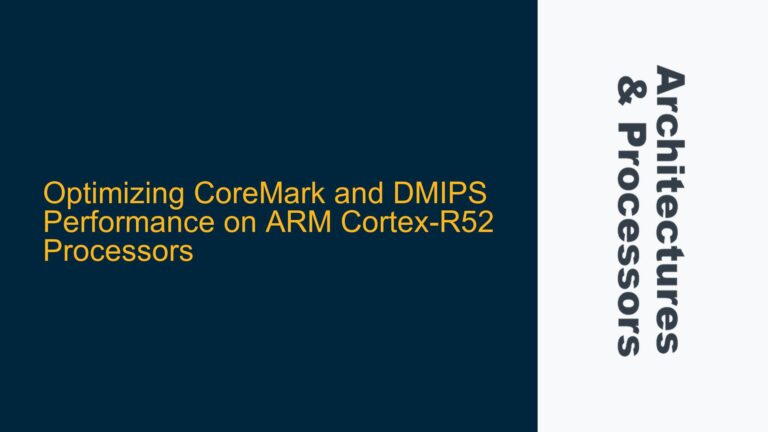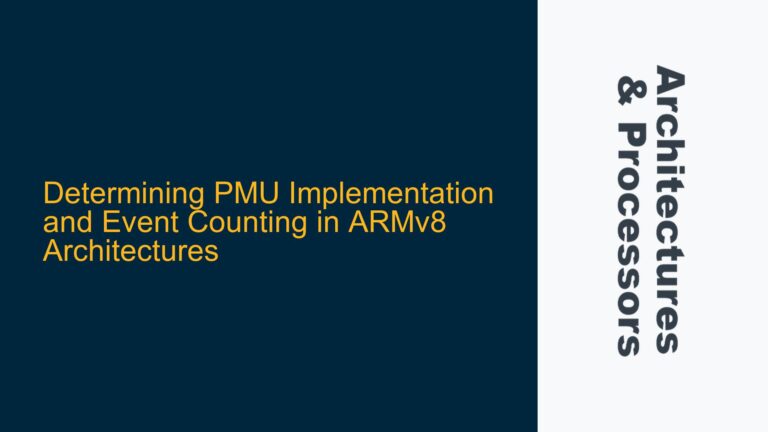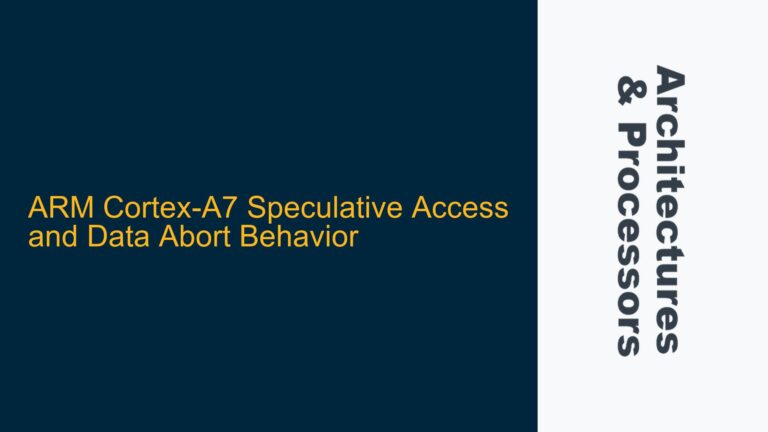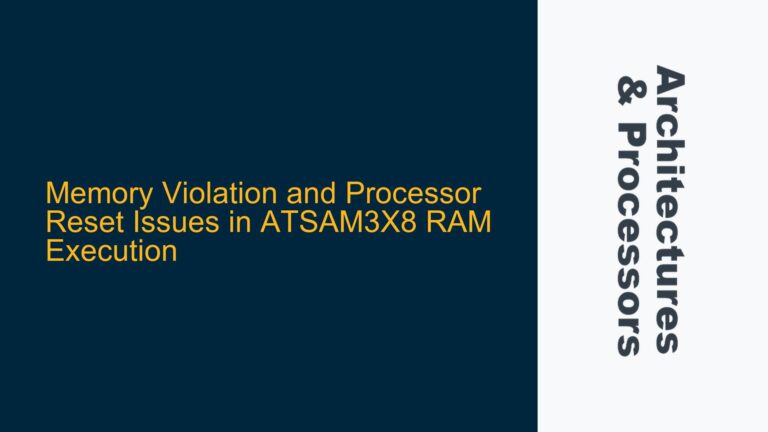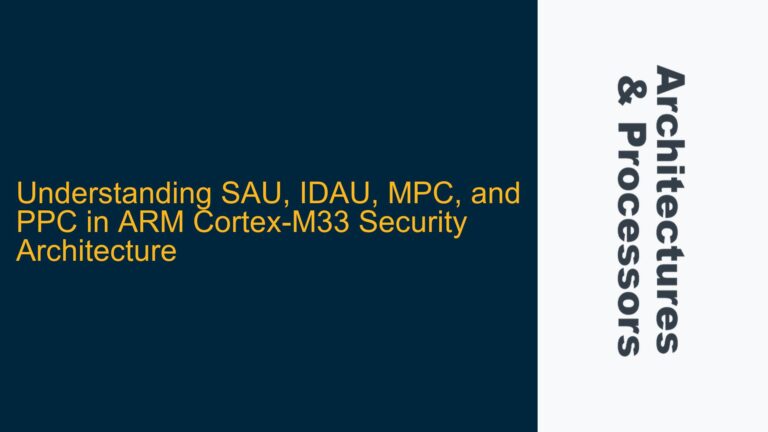AXI FIXED Burst WSTRB Calculation and Lane Alignment Issues
In AXI4 FIXED burst type transactions, the calculation of the write strobe (WSTRB) and the alignment of byte lanes can be a source of confusion, especially when dealing with unaligned start addresses. The WSTRB signal is critical in AXI transactions as it indicates which byte lanes of the data bus contain valid data during a write transfer. For FIXED burst types, the AXI specification mandates that the WSTRB value remains the same for all transfers within the burst. However, the calculation of the lower and upper byte lanes can lead to misinterpretation, particularly when the start address is unaligned.
In the scenario described, the start address is 0x0001, the number of bytes per transfer is 4, and the burst length is 4. For the first transfer, the lower byte lane is calculated as 1, and the upper byte lane is 3. However, for subsequent transfers, the lower byte lane remains 1, but the upper byte lane changes to 4. This discrepancy raises questions about the consistency of the WSTRB calculation for FIXED burst types, especially when the AXI specification states that the WSTRB value should remain the same for all transfers in a FIXED burst.
Unaligned Start Address and Byte Lane Calculation in FIXED Bursts
The primary cause of the confusion lies in the interpretation of the AXI specification regarding the calculation of byte lanes for FIXED burst types. The AXI protocol specifies that for FIXED burst types, the address does not change between transfers. This means that the byte lanes used for each transfer are determined solely by the start address and remain constant throughout the burst. However, the specification also provides a general method for calculating byte lanes that is primarily intended for INCR burst types. This method can be overly complex when applied to FIXED burst types, leading to potential misinterpretation.
In the given scenario, the start address is 0x0001, which is unaligned with respect to the 4-byte data width. The calculation of the lower and upper byte lanes for the first transfer is straightforward: the lower byte lane is 1, and the upper byte lane is 3. However, for subsequent transfers, the upper byte lane is incorrectly calculated as 4, which contradicts the AXI specification’s requirement that the WSTRB value remains the same for all transfers in a FIXED burst.
The root cause of this issue is the misapplication of the byte lane calculation method intended for INCR bursts to FIXED burst types. For FIXED bursts, the byte lanes should be determined based on the start address and should remain constant for all transfers within the burst. The incorrect calculation of the upper byte lane as 4 for subsequent transfers is a result of not adhering to this principle.
Correcting WSTRB Calculation and Ensuring Consistent Byte Lane Alignment
To resolve the issue and ensure correct WSTRB calculation for FIXED burst types, the following steps should be taken:
Step 1: Understanding the AXI Specification for FIXED Bursts
The AXI specification clearly states that for FIXED burst types, the address remains constant for all transfers within the burst. This means that the byte lanes used for each transfer are determined solely by the start address and should not change between transfers. The WSTRB value, which indicates the valid byte lanes, must also remain consistent for all transfers in the burst.
Step 2: Correct Calculation of Byte Lanes for FIXED Bursts
For FIXED burst types, the byte lanes should be calculated based on the start address and the data width. In the given scenario, the start address is 0x0001, and the data width is 4 bytes. The lower byte lane is determined by the start address modulo the data width, which in this case is 1. The upper byte lane is calculated as the lower byte lane plus the number of bytes per transfer minus one, which results in 3. This calculation should be applied consistently for all transfers within the burst.
Step 3: Implementing the Correct WSTRB Calculation in RTL
To ensure that the WSTRB calculation is correct and consistent for FIXED burst types, the following RTL implementation steps should be followed:
-
Determine the Start Address and Data Width: The start address and data width are critical inputs for calculating the byte lanes. In the given scenario, the start address is 0x0001, and the data width is 4 bytes.
-
Calculate the Lower and Upper Byte Lanes: The lower byte lane is calculated as the start address modulo the data width, which results in 1. The upper byte lane is calculated as the lower byte lane plus the number of bytes per transfer minus one, which results in 3.
-
Generate the WSTRB Signal: The WSTRB signal should be generated based on the calculated byte lanes. For the given scenario, the WSTRB signal should indicate that byte lanes 1, 2, and 3 are valid for all transfers within the burst.
-
Ensure Consistency Across Transfers: The WSTRB signal must remain consistent for all transfers within the burst. This means that the same byte lanes (1, 2, and 3) should be indicated as valid for each transfer.
Step 4: Verification of WSTRB Calculation in Simulation
To verify that the WSTRB calculation is correct and consistent for FIXED burst types, the following simulation steps should be performed:
-
Create a Testbench: Develop a testbench that generates AXI transactions with FIXED burst types, unaligned start addresses, and varying data widths.
-
Monitor the WSTRB Signal: Use the testbench to monitor the WSTRB signal during simulation. Ensure that the WSTRB signal indicates the correct byte lanes for each transfer within the burst.
-
Check for Consistency: Verify that the WSTRB signal remains consistent for all transfers within the burst. In the given scenario, the WSTRB signal should indicate that byte lanes 1, 2, and 3 are valid for each transfer.
-
Validate Against the AXI Specification: Compare the simulation results with the AXI specification to ensure that the WSTRB calculation is compliant with the protocol requirements.
Step 5: Addressing Potential Corner Cases
In addition to the standard scenario, it is important to address potential corner cases that may arise in FIXED burst transactions. These include:
-
Start Address Alignment: Ensure that the WSTRB calculation is correct for both aligned and unaligned start addresses. For example, if the start address is 0x0000, the lower byte lane should be 0, and the upper byte lane should be 3.
-
Data Width Variations: Verify that the WSTRB calculation is correct for different data widths. For example, if the data width is 8 bytes, the byte lane calculation should be adjusted accordingly.
-
Burst Length Variations: Ensure that the WSTRB calculation remains consistent for different burst lengths. For example, if the burst length is 8, the WSTRB signal should indicate the same byte lanes for all 8 transfers.
Step 6: Debugging and Resolving Integration Issues
If issues are identified during simulation or integration, the following debugging steps should be taken:
-
Review the RTL Implementation: Carefully review the RTL implementation of the WSTRB calculation to ensure that it adheres to the AXI specification and correctly calculates the byte lanes for FIXED burst types.
-
Analyze Simulation Logs: Analyze the simulation logs to identify any discrepancies in the WSTRB signal. Look for cases where the WSTRB signal does not match the expected byte lanes.
-
Check for Timing Issues: Ensure that there are no timing issues that could affect the WSTRB signal. For example, if the WSTRB signal is generated too late in the clock cycle, it may not be sampled correctly by the AXI slave.
-
Consult the AXI Specification: Refer to the AXI specification to confirm the correct behavior for FIXED burst types. Use the specification as a reference to resolve any ambiguities or misinterpretations.
Step 7: Optimizing Bus Fabric Configuration for Performance
In addition to ensuring correct WSTRB calculation, it is important to optimize the bus fabric configuration for performance. This includes:
-
Minimizing Latency: Ensure that the WSTRB signal is generated with minimal latency to avoid delays in the AXI transaction.
-
Maximizing Throughput: Optimize the bus fabric configuration to maximize throughput, especially for high-bandwidth applications. This may involve adjusting the arbitration scheme or increasing the number of AXI channels.
-
Balancing Power and Performance: Consider the trade-offs between power consumption and performance when configuring the bus fabric. For example, reducing the clock frequency may lower power consumption but could also impact performance.
Step 8: Resolving DFT and Power Domain Challenges
Finally, it is important to address any DFT (Design for Test) and power domain challenges that may arise in the implementation of the WSTRB calculation. This includes:
-
Ensuring Testability: Ensure that the WSTRB calculation logic is testable and can be verified using DFT techniques. This may involve adding scan chains or other test structures.
-
Managing Power Domains: If the WSTRB calculation logic is located in a different power domain than the rest of the AXI interface, ensure that proper power domain crossing techniques are used to avoid issues such as metastability.
-
Handling Clock Domain Crossing: If the WSTRB signal crosses clock domains, ensure that proper synchronization techniques are used to avoid timing violations.
By following these steps, the WSTRB calculation for FIXED burst types can be correctly implemented and verified, ensuring compliance with the AXI specification and optimal performance of the AXI interface.
